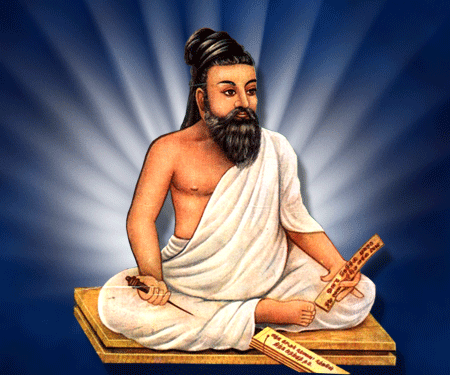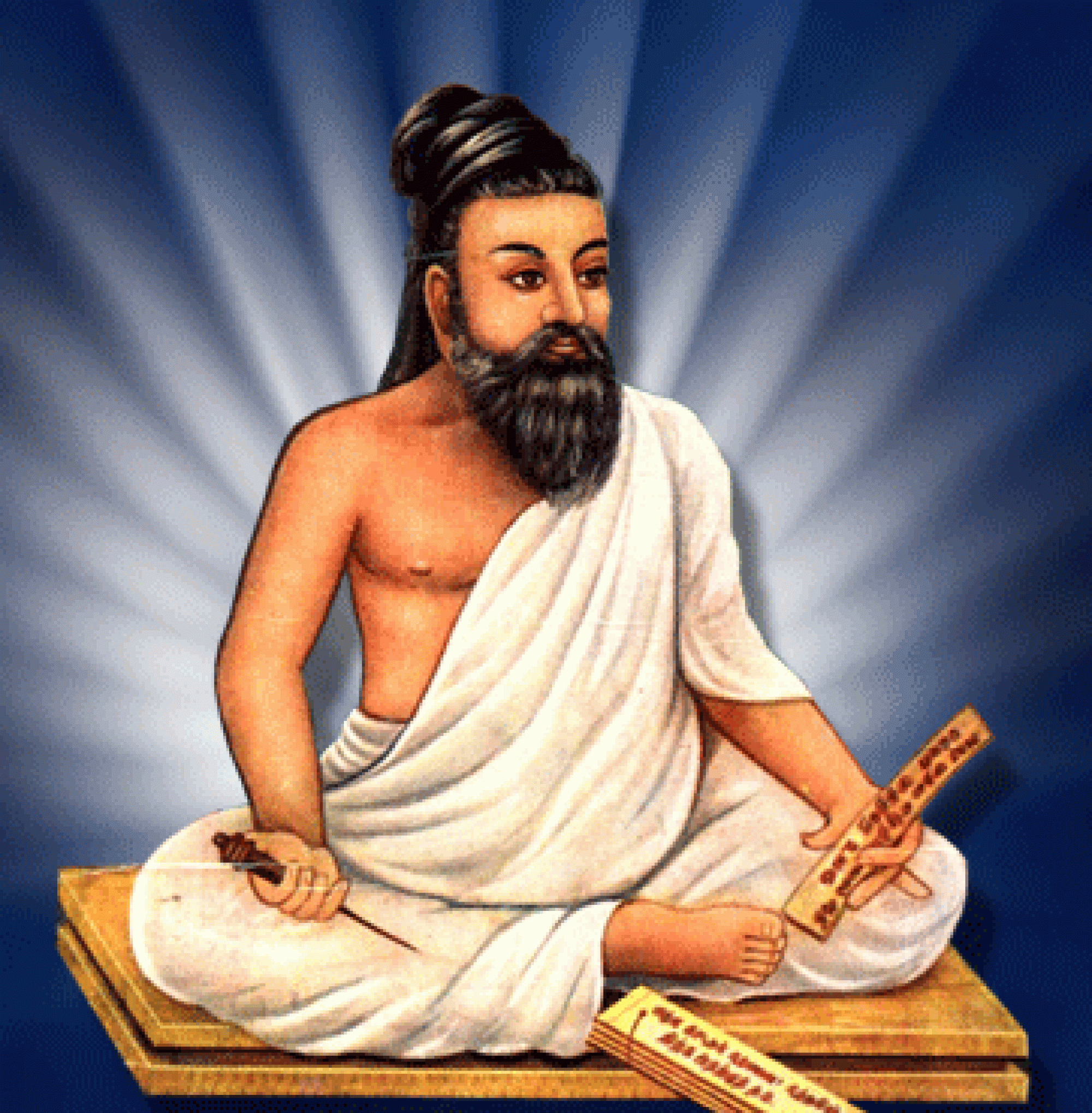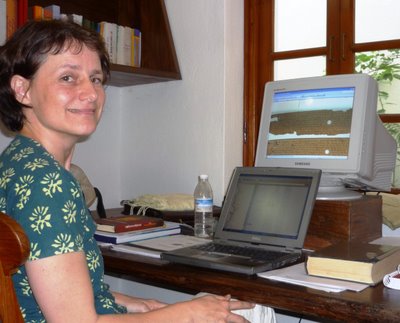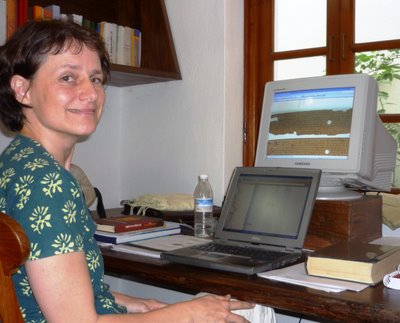பிற நாட்டு நல்லறிஞருள் முதலிடம் பெறத்தக்கவர் டாக்டர் ஈவா வில்டன் அவரைப் பற்றி எழுதிடத் தகவல் கேட்டறியச் சென்றால் அவரெழுதிச் சொல்வது கோபாலய்யர் பற்றி! ஈவா வில்டன் ஆற்றியுள்ள ஈடில்லாத் தமிழ்த் தொண்டுக்கு அவரின் வழிகாட்டியாக விளங்கிய நூற்கடல் கோபாலய்யர் தூண்டுகோலாகத் துலங்கியவர். நன்றி மறவா ஈவா வில்டன் நூற்கடலுக்கு முதல்மரியாதை தரச்சொல்வதன் மூலம் தமிழுலகில் போற்றத்தகு பண்புடைய பெருமகளாக நம் மனங்களில் இடம் பெறுகிறார்.
தொலைகிழக்கு நாடுகள் ஆய்வு நிறுவனம் சார்பில் கோபாலய்யர் நினைவு நூலாக ஈவா வில்டன் தொகுத்து வெளியிட்ட Between Preservation and Recreation:Tamil Traditions of Commentary என்ற நூல் கோபாலய்யரின் தமிழ்ப் பணிகளைப் பட்டியல் இடுகின்றது.
தேவாரத்தைப் பண்முறையில் ஆய்வு செய்து சொற்பிரிப்பு நிறுத்தக் குறிகளுடன் பதிப்பித்தார்.
மாறனகப்பொருளையும் அதன் இலக்கிய நூலான திருப்பதிக் கோவையாரையும் பதிப்பித்தார்.
வீரசோழியத்துக்கு விரிவான விளக்கம் எழுதினார்
தொல்காப்பியத்துக்கும் அதன் உரைகளுக்கும் பிழையற்ற பதிப்பு வெளியிட்டார்.
தமிழ் இலக்கணப் பேரகராதியை 17 தொகுதியாக வெளியிட்டார்.
பெரிய திருமொழிக்குப் பெரியவாச்சான் பிள்ளை எழுதிய மணிப்பிரவாள நடையில் அமைந்த உரையைத் தமிழாக்கி வெளியிட்டார்.
ஆலன் டேனியலுக்காக மணிமேகலையின் ஆங்கில மொழிபெயர்ப்பில் உதவியவர்.
ழான் செவியரின் சேனாவரையம் பிரெஞ்சு மொழியாக்கத்துக்கு உதவியவர்.
ஜேம்ஸ் ரயானின் சீவக சிந்தாமணி ஆங்கில மொழியாக்கத்துக்கு உதவியவர்.
கோபாலய்யரின் தமிழ்த் தொண்டு மட்டுமல்ல பிரெஞ்சு அரசு நிறுவனமான தொலைகிழக்கு நாடுகள் ஆய்வு நிறுவனம் புதுச்சேரியில் அமைதியான முறையில் ஆற்றிவரும் தமிழ்ப்பணிகளும் போற்றத்தக்கவை. நன்றியுடன் நினைவு கூரத்தக்கவை. நன்றி மறவா ஈவா வில்டன் தன் தமிழாசிரியரை முதலிடம் தந்து சிறப்பிக்கிறார். ஆனால் ஈவா வில்டனும் தமிழுக்குழைத்தல் பிற நாட்டு நல்லறிஞர் வரிசையில் முதலிடத்தில் வைத்துப் போற்றித்தரும் புகழ்மிகு பெண்மணியே!
டாக்டர் ஈவா வில்டன் செருமானியே இலக்கியம் கற்றவர். தத்துவ வித்தகர்.இந்தியவியல் ஆய்விலும் தேறியவர். டுயூசெல்டார்ப் டியூபின்சென் ஆம்பர்க்ப்பல்கலைக்கழகங்களில் பயின்றவர். 1996ல் Veda: The Circulation of Sacrificial Gifts என்றத் தலைப்பில் வேதங்களைப் பற்றி முனைவர் பட்டத்தை ஆம்பர்க்கு பல்கலைக்கழகத்தில் பெற்றவர்.
நற்றிணையைச் செம்பதிப்பாகக் கொண்டு வந்தமையால் ஈவா வில்டன் பெயரும் வரலாறும் இடம் பெறுவதில் வியப்பில்லை. நற்றிணைச் செம்பதிப்பு மூன்று தொகுதிகளாக வெளிவந்துள்ளது. முதல் தொகுதியில் 200 பாடல்கள் இடம் பெற்றுள்ளன.
இரண்டாம் தொகுதி 201-400 வரையிலான பாடல்களைக் கொண்டது. மூன்றாம் தொகுதி சொல்லகர நிரலாக வெளிவந்துள்ளது.
இதுவரை தமிழில் வெளிவந்துள்ள 20 குறுந்தொகைப் பதிப்புகளை ஒப்பாய்வு செய்து செம்பதிப்பை 3 தொகுதிகளாக வெளியிட்டவர் டாக்டர் ஈவா. வில்டன்.
ஜே. எல். செவில்லார்டுடன் இணைந்து அகநானூற்றையும் வெளியிட அயராது உழைத்துக் கொண்டிருப்பவர் டாக்டர் ஈவா. வில்டன்.
இப்படி தமிழுக்குத் தொண்டு புரிய இவருக்குத் தூண்டுகோலாக விளங்கியவர் ஆம்பர்க்கு பல்கலைக் கழகப்பேராசிரியர் சீனிவாசன் ஆவார். குறுந்தொகை மொழியாக்கம் ஆய்வேடாக 2002ல் ஆம்பர்க்கு பல்கலைக் கழகத்தில் அளிக்கப்பட்டது. இந்த நூலுக்காக இவர் கலந்தாய்ந்த அறிஞர்கள் பெயரை இங்கு குறிப்பிட்டாக வேண்டும். அவருக்கு வடமொழி கற்பித்த பேராசிரியர் அல்பிரெச்ட் வெசுலா பேராசிரியர் இலம்பர்ட்டு சுமிதாசன் ஆகியோர் இந்தப் பட்டியலில் அடங்குவர்.
பேராசிரியர் டி. ஓபன்சகாயா (ஆம்பர்க்கு) டாக்டர் ழான் லக் செவில்லார்டு (பாரிசு) மற்றும் செய்யுலியலைப் புரிந்து கொள்ள அதிலும் களவு பற்றி அறிய டோக்கியோவில் ஒரு மாதம் தங்கி பேராசிரியர் டி. தகாஆசியிடமும் விளக்கம் பெற்றார். பிரேக்கு நகரில் பேராசிரியர் செ. வாசெக்கு அவர்களிடமும் மாஸ்கோவில் பேராசிரியர் அலெக்ஸாண்டர் துபாய்ன்சுகியிடம் ஆய்வுக்காக அறிவுரை பெற்றதை ஈவா வில்டன் Literary Techniques in Old Tamil Cankam Poetry என்ற ஆய்வேட்டில் பதிவு செய்கிறார்.
சங்க இலக்கியத்தை ஆய்வு செய்ய விளக்கம் அளிக்கக் கூடிய இத்துணைச் சான்றோர்கள் உலகில் இருக்கிறார்கள் என்று நாம் பெருமிதம் கொள்ள முடியும். திராவிட மொழிகளின் ஒப்பிலக்கணம் தீட்ட ஒரு கால்டுவெல்! குறுந்தொகையைப் செம்பதிப்பு கொண்டுவர ஒரு ஈவா வில்டன்! நற்றிணையை மொழியாக்கம் செய்து நானில மறியச் செய்யவும் ஈவா வில்டன். மொழியாக்க முன்னோடிகள் தமிழுக்குத் தரும் ஊக்கம் தமிழ்நாட்டவர் செய்யத்தவறிய குறைகளை நீக்கும். சோம்பிக்கிடக்கும் தமிழறிஞர்க்கு ஏக்கம் பிறக்கும்! சொந்த மொழிச் சேவையில் பிறநாட்டு நல்லறிஞர் முந்துகிறார் என்ற நிலை நமக்கு அளிக்கட்டும் ஆக்கம்!
தமிழ்மாமணி நந்திவர்மன்





